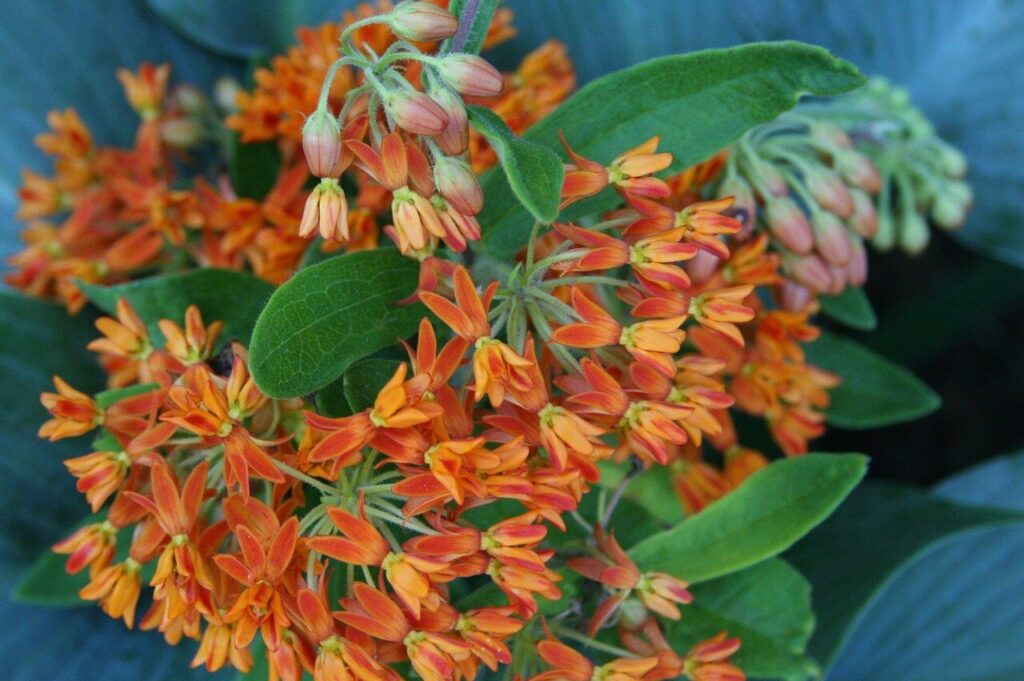For gardeners living in the Midwest region of the United States, there are a variety of native plants that can spruce up the garden. An added benefit of these plants is that they will inherently attract pollinators—butterflies, bees, and even birds—to the garden.
Here are three essential plants to grow in midwestern gardens to attract more pollinators to the area.
Butterfly Weed
The botanical name for the butterfly weed is Asclepias tuberosa. These showy Missouri natives sprout bright golden orange or yellow flowers that bloom from June to August.
To ensure the plants thrive, gardeners should place them in an area with well-draining soil where the plants can receive full sun. When mature, the plants will freely self-seed; to prevent this, be sure to remove the plants’ seed pods before they split open.
Although slower to establish, the butterfly weed plants require little to no maintenance. These easy-to-care-for plants can tolerate drought, resist deer, and are typically pest and disease-free, making them great additions to any midwestern garden.
Additionally, as part of the Apocynaceae family, these plants are crucial to the monarch butterfly’s survival. By planting these plants, gardeners can help reverse the declining population of Monarch butterflies whose population has reduced by 90% in just 20 years.

White Snakeroot
The white snakeroot is a member of the sunflower family. These Midwest natives will grow to be around 3 ft tall with delicate clusters of white blooms branching at the top of each stem. The flowers bloom starts in the summer and will continue through fall, making them one of the longest-lasting native flowers in the area.
In order to grow white snakeroots that thrive, be sure to place them in a garden that has plenty of shade, rich, organic soil, and lots of moisture. Oftentimes, these plants are found along roads, in fields, near thickets, or even under powerline clearances.
Be careful: these plants contain a fat-soluble toxin called tremetol. The toxin passes into the milk of lactating animals and can affect those who consume that milk.
However, just like foxgloves, these plants can be grown in gardens—just be sure to avoid consuming them.
Chives
The allium schoenoprasum, or chives, are not typically thought of as flowers for a garden. However, the Midwest natives are great additions to any garden, especially if gardeners are looking to create a butterfly garden!
Typically thought of for their culinary uses, chives are attractive globular flowers that grow in groups up to 12-18 in. The edible flower thrives in well-draining soil and enjoys areas that receive a full sun or are partially shaded.
Containing a strong garlic/onion-like scent, the plants are generally pest and disease-free. Additionally, deer tend to ignore the plant, while butterflies are attracted to it.
More Information
These three plants are a great place for Midwestern gardeners to start their own native gardens.
However, there are many other amazing native plants that can promote a healthier environment, attract pollinators, and grow the pollinator populations — it all depends on the gardener’s location. So be sure to do some research before planting any plants in the area!
Looking for more information about gardening? Make sure to visit our blog. We update with weekly posts detailing various tips for gardeners everywhere.
